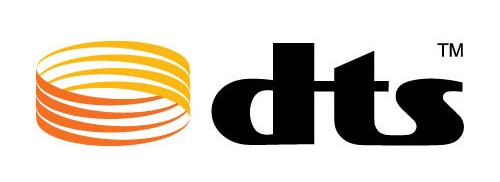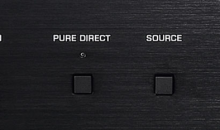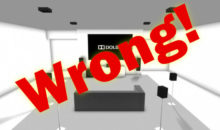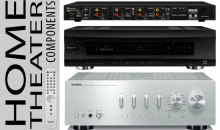What is DTS Sound? In Layman’s Terms
There are so many DTS “flavors” that it’s no wonder consumers get very confused. Some even go into shutdown mode when you talk about DTS, Dolby, THX, and other sound formats. Isn’t it just about the music or movies? I mean, who cares? Well, as it turns out, technologies like DTS Sound are responsible for improving the potential of the soundtracks we listen to. So what is DTS Sound really?
What is DTS Sound: The Short Definition
DTS Sound, in particular, is really more or less a filter. Really, it’s a fancy sort of EQ or equalizer. It enables qualified Field Application Engineers to “tune” TVs and soundbars.
This flexible tuning system can work in a myriad of ways, depending upon whether the soundbar or TV has its software as part of a larger DSP system or contained on an SoC (silicon-on-chip) platform. The more capabilities a product has, the more tuning capabilities DTS Sound can engage in. It’s based on a host PC as a piece of software that can interact directly with the soundbar or television platform.
DTS Sound utilizes psychoacoustic principles (how our ears interact with sound and audio in a room) to deliver an optimized sound experience. It can affect the way bass response occurs and also how high frequencies are optimized for a product. One big way DTS Sound does this is by analyzing whether or not a driver can handle a particular frequency. If it can’t, it will translate that into a harmonic frequency that the driver can handle—and it does it on-the-fly!
What DTS Sound Does
The obvious result here is more perceived bass but in a more natural way. It also has the nice side effect of not damaging your speakers or muddying up your mid-bass. Manufacturers can optimize and integrate DTS Sound in their products and then provide users with limited controls to adjust settings on the fly to maximize the benefits of the platform.
Given the many different acoustical possibilities for rooms, having some options is a great idea for products like televisions and soundbars in particular. DTS Sound typically provides those in very simplistic user-interface controls on televisions and soundbars, under the Sound menu.

Some Key Benefits
Here are a few of the characteristic benefits of the DTS Sound filters:
- Dynamic volume leveling in separate frequency bands
- Automatic bass management (crossover) configuration for bass drivers/subwoofers.
- Adaptive translation of low-frequency content (for frequencies that cannot be reproduced in some drivers) to higher harmonic locations for improved bass
- Use of multiple types of filters for maximum performance & efficiency (FIR for mid-to-high frequencies and IIR for low frequencies)
- Scalable, consistent tuning for various applications.
DTS Sound is a really impressive feature-set for lower-end products that have to compromise due to price points and application. While not really a CODEC, it is a technology that integrates well into products that would otherwise not be able to deliver much of the material mastered in today’s movie soundtracks.
Be sure to Like our Facebook page so we can keep you posted on other articles like this as well as what’s going on in the world of new home theater products and technology.






